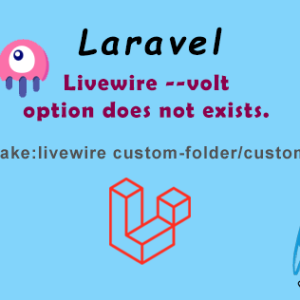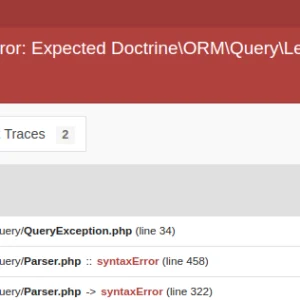In API development, including Laravel, HTTP methods like GET, POST, PUT, PATCH, and DELETE are used to perform different actions on resources. Here’s a brief overview of each method and its typical usage:
GET:
- The GET method is used to request data from a specified resource.
- In API development, GET requests are commonly used to retrieve data from the server without modifying it.
- For example, retrieving a list of resources
GET /api/users, fetching details of a single resourceGET /api/users/{id}, or searching/filtering resourcesGET /api/users?query=term.
POST:
- The POST method is used to submit data to be processed to a specified resource.
- In API development, POST requests are commonly used to create new resources on the server.
- For example, creating a new resource
POST /api/users, submitting form data, or uploading files.
PUT:
- The PUT method is used to update data on a specified resource.
- In API development, PUT requests are commonly used to update existing resources with complete replacement of the resource.
- For example, updating a resource
PUT /api/users/{id}where the entire resource is replaced with the new data provided in the request.
PATCH:
- The PATCH method is used to partially update data on a specified resource.
- In API development, PATCH requests are commonly used to update existing resources with partial data changes.
- For example, updating specific fields of a resource
PATCH /api/users/{id}without replacing the entire resource.
DELETE:
- The DELETE method is used to delete a specified resource.
- In API development, DELETE requests are commonly used to remove existing resources from the server.
- For example, deleting a resource
DELETE /api/users/{id}. - In Laravel, you can define routes and corresponding controller methods to handle requests for each HTTP method using the
Routefacade.
For example:
Route::get('/api/users', 'UserController@index'); // GET request to retrieve users
Route::post('/api/users', 'UserController@store'); // POST request to create a user
Route::put('/api/users/{id}', 'UserController@update'); // PUT request to update a user
Route::patch('/api/users/{id}', 'UserController@updatePartial'); // PATCH request to partially update a user
Route::delete('/api/users/{id}', 'UserController@destroy'); // DELETE request to delete a user
In the corresponding controller, you can define methods like index, store, update,updatePartial and destroy to handle each type of request accordingly.
You can get more details about this topic from here.
To get to know more about Laravel, you can check these articles too.
Please follow and like us:





